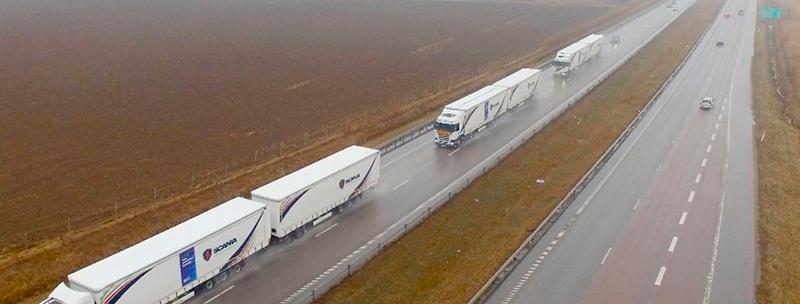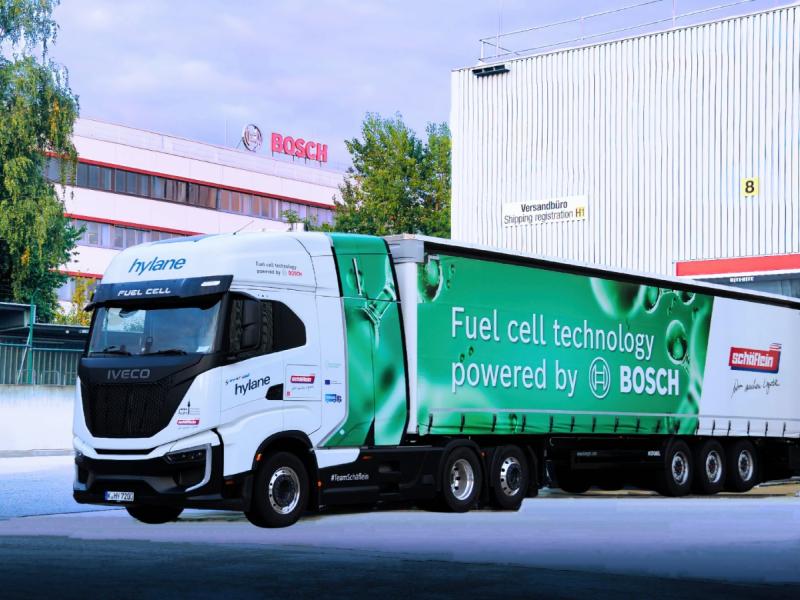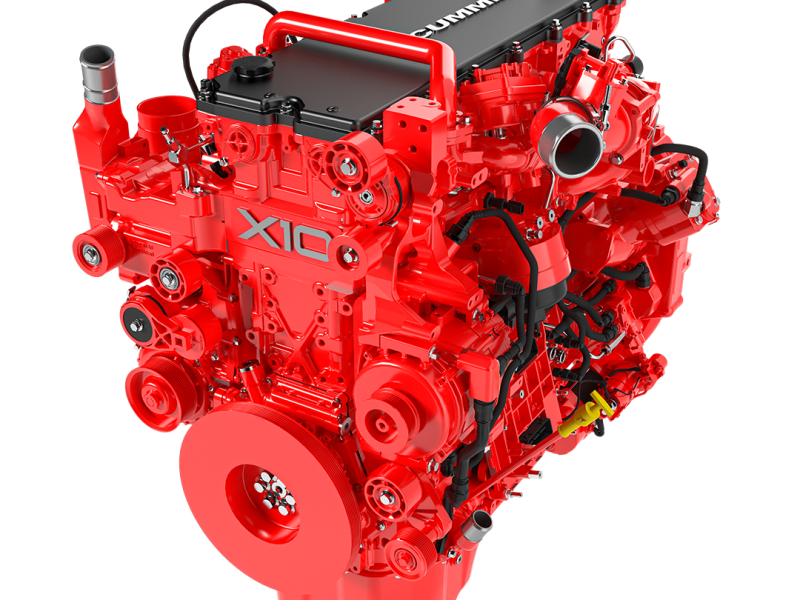Before long trucks and vans will be connected to each other in such a way that they will be able to tell each other about traffic problems, or the onset of violent weather conditions.
“In the future the vehicles will be connected with the whole world of traffic. They will inform one another in real time of a possible traffic queue or a storm. Over 400 sensors are already used in modern semitrailers to collect data. They create 100 million lines of software – which is more than in a jet,” says Matthias Wissmann, president of the German Association of the Automotive Industry (VDA).
He was speaking to around 700 high-ranking guests from politics and business at the opening ceremony of the 66th IAA Commercial Vehicles in Hannover.
Connectivity would make transport even safer and more efficient, he said.
“Platooning, that is, convoys of electronically connected trucks on the freeway, can bring about savings of up to 10 percent in fuel and CO2 emissions.”
Digital freight exchanges could help further minimise empty trips. Exact calculation of expected journey times would enable more efficient use of the time slots at ramps and loading docks. And not least the driver would benefit from digitisation.
“It would put an end to the often tiresome search for a free parking space along the freeway, as the fully connected truck will reserve its parking spot in advance online,” he said.
Wissmann underscored the crucial economic significance of commercial vehicles, which enable us to enjoy the many agreeable aspects of daily life.
“In Germany, commercial vehicles bring 99 litres of beer to the shops per person per year. Whether you’re talking about shoes, books or clothes – the turnover in e-commerce has increased to 17 times what it was in 2000. That would be inconceivable without vans.”
And commercial vehicles are also often “first aiders” in hazardous situations and emergencies. In Germany ambulance and rescue services make over 11.7 million journeys per year, and fire trucks extinguish over 200,000 fires annually.
“A life without commercial vehicles would pretty much put us back in the Middle Ages – no garbage collection, no street cleaning, no clearing of roads in winter. Clearly, life without commercial vehicles would not be more comfortable or safer.”
He pointed out the high level of safety equipment in modern commercial vehicles. For instance ESP (electronic stability programme), the lane departure warning and the emergency braking assistant were now fitted as standard.
However, he added, that was only an intermediate stage, saying, “We want far more. The long-term goal is obvious: accident-free driving due to automation. Multi-function cameras, radar and ultrasound sensors will help.”
However, he posted a couple of warnings. The first was that legislation would have to be fast-tracked to keep up with developments. Secondly, converted efforts were needed to bring down CO2 levels for trucks.
“Regarding drive trains we will experience a broad mix in the future. Diesels will continue to play a key role in long-distance traffic. The latest exhaust after-treatment technology makes them not only efficient and economical, but also clean. Today’s Euro VI trucks and buses are stars on our roads with their extremely low levels of pollutants,” Wissmann said.
At the same time, he continued, alternative powertrains were becoming more and more important. Natural gas, for example, was already used in buses and also offered potential CO2 reductions in trucks. A good tank and supply infrastructure was however essential for wide-scale deployment.
“Hybrid and electric drives are also becoming more and more important, especially in the light commercial vehicles used for deliveries and local distribution, because the large towns and cities are still growing, as is e-commerce. Going hand in hand, connectivity and electric mobility will ensure that in the future urban logistics will be even faster and emissions-free,” Wissmann emphasised.






